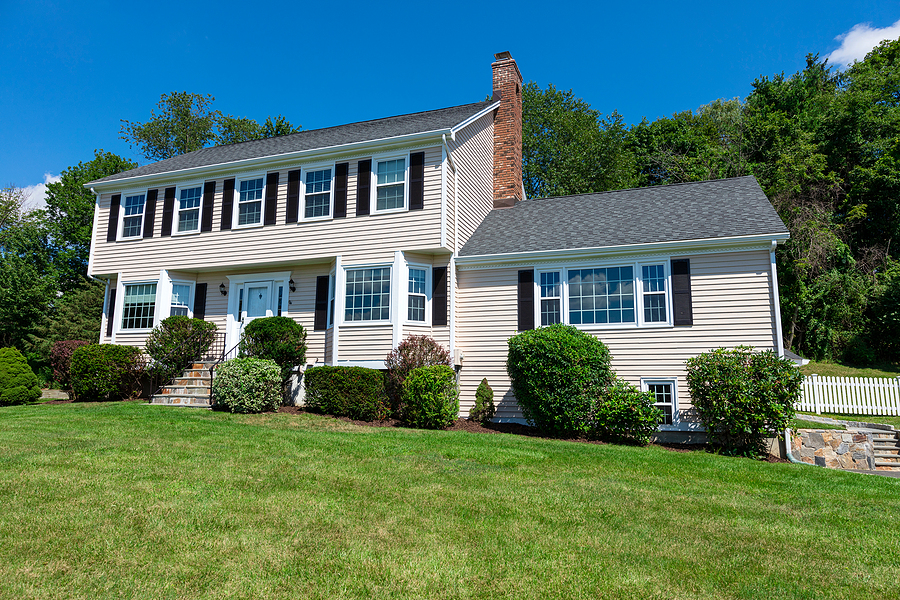Roof Ventilation is Essential to a Durable Roof
Roofs that don’t have enough ventilation could wear down quickly and affect the overall lifespan of the roofing materials. When you start to notice moisture issues with your roof or in your attic, improper roof ventilation is usually to blame. This could potentially cause bigger issues if ignored. You may have noticed a large fan in your attic and know that you have a ridge cap on your roof. This is because most attics and roofs are vented to get the best energy efficiency and longest lifespan out of the roof. If you don’t have enough vents, or the vents you have aren’t working properly, it’s time to consider replacing your roof and adding more ventilation.

What is Attic Ventilation and How Much Do You Need?
Attic and roof ventilation keeps the air flowing through your attic, rather than simply letting the air sit stagnant. Ventilation allows the outside air to pass in and out of your attic which will remove excess heat and moisture. Ventilation keeps the right balance of air in your attic, which is necessary to keep your home comfortable and your roof healthy. Many roofs are under ventilated, and many homeowners don’t even realize that it’s an issue. Ideally, you want one square foot of attic exhaust for every 300 square feet of attic space. A roofing contractor can assess your attic and determine if you have adequate ventilation, but if you’re having issues, lack of ventilation is likely the cause.
What Can Happen if You Don’t Have Enough Ventilation?
If you don’t have enough attic ventilation, there are many problems that can start.
-
Super-Heated Attic
This occurs when the lack of air moving through the space causes the trapped air to heat up rapidly when the sun beats down on the roof. This heat will transfer through your attic and warm your entire home, which will lead to much higher energy bills as your cooling system tries to compensate. This heat can also warp the wood framing in your attic, and will begin to transfer down the walls and blister your paint. Even more importantly, a super-heated attic will damage your roofing shingles as the heat transfers back to the roof and can shorten their lifespan considerably.
-
Moisture Build Up
While a super-heated attic happens more in the summer, a lack of attic ventilation will also cause issues in the colder weather. In the winter, steam from a shower, clothes dryer, and cooking can get trapped in the attic where it will condense and drip back down into your insulation. Moisture build up leads to mold and mildew in the attic and insulation. This moisture can create ice dams, which will cause sitting water that will damage roofing shingles and cause leaks.
A New Roof May Be the Best Solution to Ventilation Problems
If your roof isn’t new, installing a new roof may be the best solution to your ventilation problems. Many times ventilation problems mean that your roof isn’t in good shape. If your roof is new, start by contacting your roofing contractor about the guarantee and warranty on your materials. If your roof isn’t new, the issues caused by lack of ventilation are best fixed by installing a new roof. A new roof will allow a roofing contractor to address all ventilation problems after the removal, which is the most effective way to make sure that your new roof will function exactly as it should.
If you are noticing any of the problems discussed, ventilation is likely the issue and needs to be remedied. Contacting a roofing contractor is the best way to begin. A roofing contractor can assess the age of your roof, the issues you are having, and can recommend repair or replacement with a new, more efficient vent system. Roofing problems can be frustrating, but addressing them promptly is the best way to make sure that your roof is functioning well and your family is safe and secure. Contact All-Nu Construction for answers to your roof ventilation questions, or to talk about getting a new roof installed on your home.

